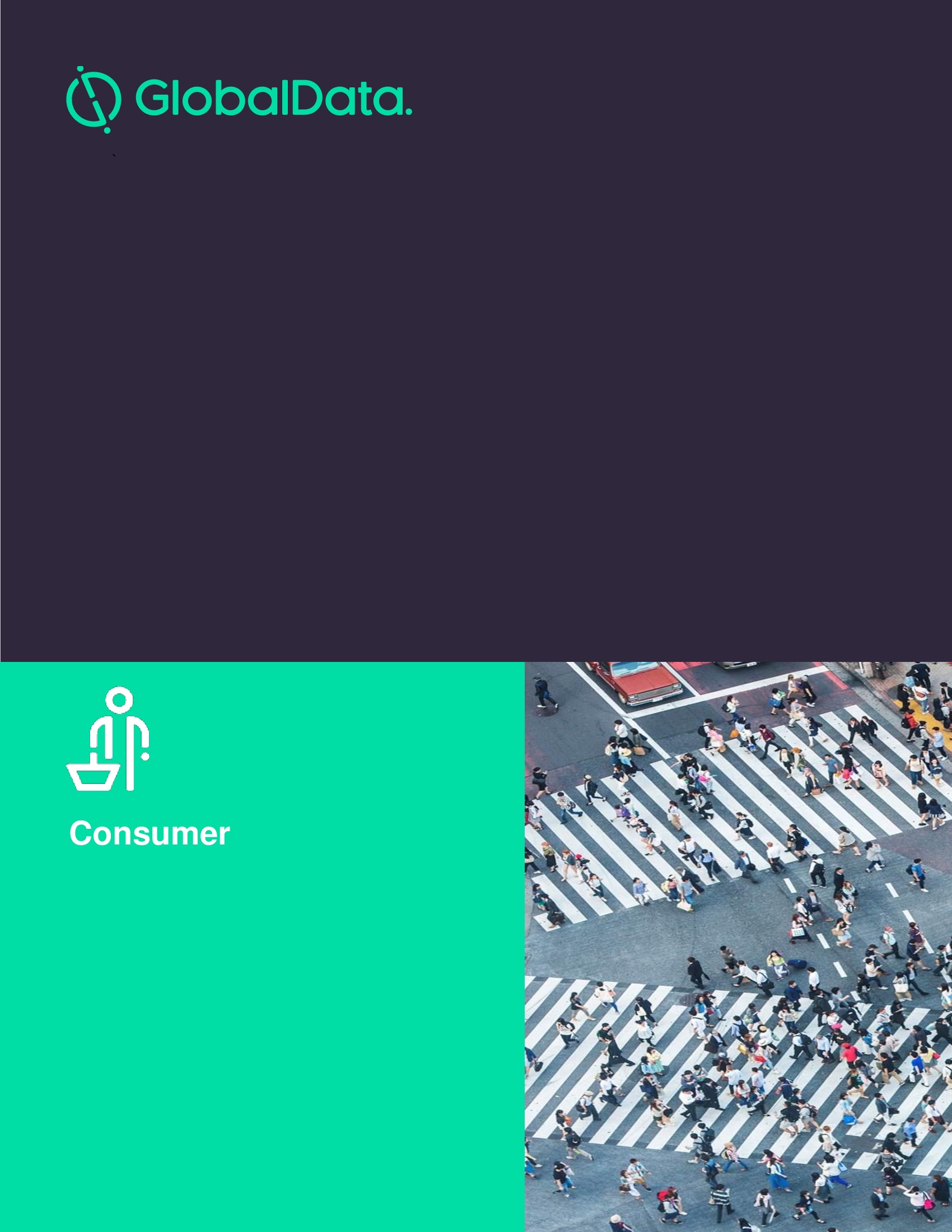Drug Stores
Analysts say drugstores are the best merchandisers of candy out there — and that’s just one chapter of praise the channel has earned lately.
Gas prices, what gas prices? That’s the attitude many drug chains are allowed after the October announcement of an IRI study that high gas prices (an extra $535 was spent per household this past year) may have actually driven consumers to more drugstores this summer.
| Channel Leaders* | |
| Chain | Annual Sales (in billions) |
| 1. Walgreens | $42.2 |
| 2. CVS | $37.0 |
| 3. Rite Aid | $17.2 |
| 4. Long's Drug Stores | $4.7 |
| 5. Medicine Shoppe | $2.3 |
| *For 2005 | |
It seems that during those hot months, the drug store
dollar share increased a half point, among the largest of increases in the
channel in several years, according to the study. IRI attributed this
phenomenon to consumers “filling in product needs before the next big
shopping trip” at nearby retailers — which often turned out to
be the local drugstore.
Of course, there’s more to it than that. Even
before gas prices started creeping up, the channel has been prepping
customers to consider it regularly for much more than script shopping.
Perhaps most obvious, the two major drug chains are rapidly multiplying in
neighborhoods everywhere (a la convenience stores) and positioning
themselves to satisfy the demands of convenience store customers.
“CVS and Walgreens store expansion is riding on
the coattails of the aging population growth (the baby boomers), but their
newer formats are also enabling them to capture quick trips,” states
a report on channel blurring from ACNielsen.
In fact, some teens made it clear in the course of a
panel discussion at the National Association of Convenience Stores show
held earlier this month in Las Vegas that they did not make a distinction
between c-stores and drugstores. They reported frequent trips to
drugstores to pick up snack and beverage items.
Accustomed to consumables
A strategic focus on consumables is part of this
equation. While drugstore dollar sales exceeded industry growth across all
CPG departments last year, the largest gains occurred among
“less-developed drugstore food categories,” reports IRI’s
latest Times & Trends study, “2005 CPG Year in Review: A
Remarkable Year of Challenges and Wins.” This is “further
evidence of the channel’s evolving role as a convenient food and
beverage outlet,” according to IRI.
“The drugstores have transformed themselves into
becoming pseudo-supermarkets,” says Anthony Raissen, president of
Encino, Calif.-based InterQuantum LLC, a marketing consultancy.
“It started out with refrigeration; now they’ve even gone to
frozen foods.”
“Between the drug chains’ growth in
consumables and the high premium consumers are putting on convenience
— those are both very positive trends that are affecting the
drugstore channel and its confections business,” summarizes a retail
consultant who works with players from both sides of the confectionery
industry and wishes to remain anonymous.
Poised for opportunity
Despite the fact that the drug channel accounts for
less than 10 percent of the overall confectionery business, leading chains
have recently been praised by another industry expert as “the best
merchandisers of candy out there.” One names Walgreens, in
particular, as “a true destination in confections.” According
to him, “it carries a great variety, and is the next best thing to a
full-fledged candy store.”
And yet, there are underdeveloped areas for drugstore
confections. “They could do a better job of impulse merchandising at
the front end,” says the entrenched analyst. “They are not
capturing impulse sales to their fullest potential.”
The National Confectioners Association has recently
documented this beyond just the front end. According to findings from its
report, “Expanding the Dimensions of Confectionery, A $10 billion
Opportunity,” the drug channel has some of the best opportunities to
persuade consumers who come in for other needs to make confectionery
impulse purchases.
“Let’s take the Rx area,” begins
Jenn Ellek, NCA’s director of trade communications and marketing.
“Typically, there’s a separate cash register, and people are
just waiting around for their prescription. The single-biggest impulse
opportunity drugstores have is to merchandise candy at the pharmacy
area.”
|
What would be especially appropriate are
“health-driven items such as sugar-free, dark chocolate, mints and
breath fresheners,” she says, “but there’s also an
opportunity for all candy products. It doesn’t have to be the entire
section of single-candy offerings, but it should be a significant offering
to take advantage of the wait time,” she advises.
Another area of confectionery opportunity in
drugstores is the photo development section. “It’s the same
thing as the pharmacy,” Ellek maintains. “Consumers are waiting
around, and if candy is not right up there, they can pay and leave from the
photo area without thinking about buying a treat —they’re not
going to go to the front end of the store.”
“Consumers spend a disproportionate amount of
time standing around waiting in drugstores — more so than they do in
supermarkets, warehouse clubs, and other mass retailers,” notes
Ellek. “So the channel needs to take advantage of the time customers
have for more impulse purchases.”
Fully functional?
Health and wellness trends are shaping more consumer
behavior and shopping patterns, and luckily for drugstores, this is right
in line with what they’ve been selling for years. “Consumers
are more attuned to the nutritional value of foods, including snacks, so
functional foods will blur the distinction in confections, and that will
change merchandising and display for the department quite a bit,”
says Barry Seifer, principal of strategy for Cubellis Marco Retail Design,
based in Northville, Mich.
|
In line with this, quality and quantity are
establishing different relationships in the consumer mindset. “A
growing number of consumers want less but higher quality,” says
Seifer. “There’s a movement upwards — people will trade
up to higher quality and lower quantity,” and drugstores are
positioned to take advantage of this — it doesn’t require
adding precious space; in fact, it alleviates it.
Rite Aid has been moving in a “healthier”
direction by carrying breakfast cereals and snack foods tailored for
consumers with diabetes and weight woes in more than 3,200 of its locations
across the country. Additionally, starting in November, all items that have
met Rite Aid’s approval criteria will bear a special tag identifying
them as diabetic-friendly choices.
Youth moves
Still, it can’t be all about targeting baby
boomers for drugstores, especially now that other channels are exerting
more downward pricing pressure on prescriptions. It started with
Wal-Mart’s announcement in September that it would cut prices on
generic drugs in Florida (in areas where many Baby Boomers reside) to as
little as $4, from an average of $25 to $30. The nation’s largest
retailer then expanded the number of drugs included in the plan, as other
mass retailers, including Target, Kmart and Fred’s, soon followed the
move.
But the channel “can’t just sit around and
wait for the baby boomers to retire,” says a Wall Street analyst.
While the economic power of pre-boomers and boomers
makes them “an extremely viable target” for drug retailers,
“there may be an opportunity for some of these retailers to also
consider incorporating a younger approach to their targeting and
advertising,” notes Todd Hale, senior vice president of Consumer
& Shopper Insights, ACNielsen, in its “Channel Blurring”
report. Drug retailers “appear to be missing the mark with the
younger generations as annual trips by those households are much
lower” at drugstores, according to the report, and much higher in
supercenters and mass retailers. What young shoppers are particularly
attracted to at retail: value-oriented, fashion-oriented and
electronic-oriented merchandising displays.
Beware the Internet
What’s the drugstore channel’s biggest
threat into the future? It’s not another retail channel — at
least not a traditional one. “I know everybody will think I’m
crazy, but it’s the Internet,” according to Frank Dell, CEO of
Stamford, Conn.-based Dellmart & Co. “Let me give you the
scenario,” he says. “A baby boomer reaches the point in their
life where they take their driver’s license away. I understand the
trend of moving to a center city so they can walk to restaurants and
grocery stores, but the trend of UPS and FedEx building even better home
delivery systems will allow the Internet to be most attractive for many
consumer goods. I’m talking 15 years from now. Retailers and
especially drugstores with prescriptions and the baby boomer target —
how are they going to service the largest consumer population with the
products they need?” He advises drug chains to become super serious
about advancing with online solutions.
|
SWOT Analysis
Strengths
• Newest formats are quick-trip magnets • In line with health and wellness trends • Candy is a major non-prescription focal point Weaknesses • Customers are left waiting around in pharmacy and photo • Channel not fully developed with younger consumers Opportunities • Grab the baby boomers now — and keep them • But also incorporate even more “youth appeal” • Force more front-end snack attacks Threats • Wal-Mart’s recent low-price drug initiative • C-store’s parallel neighborhood growth • The quick click of the Internet |



